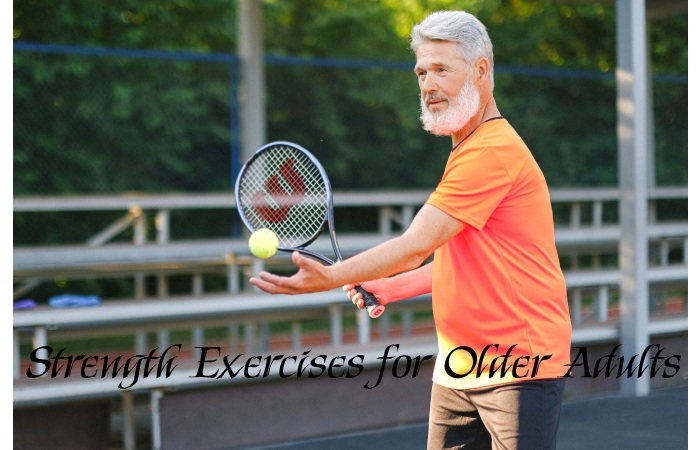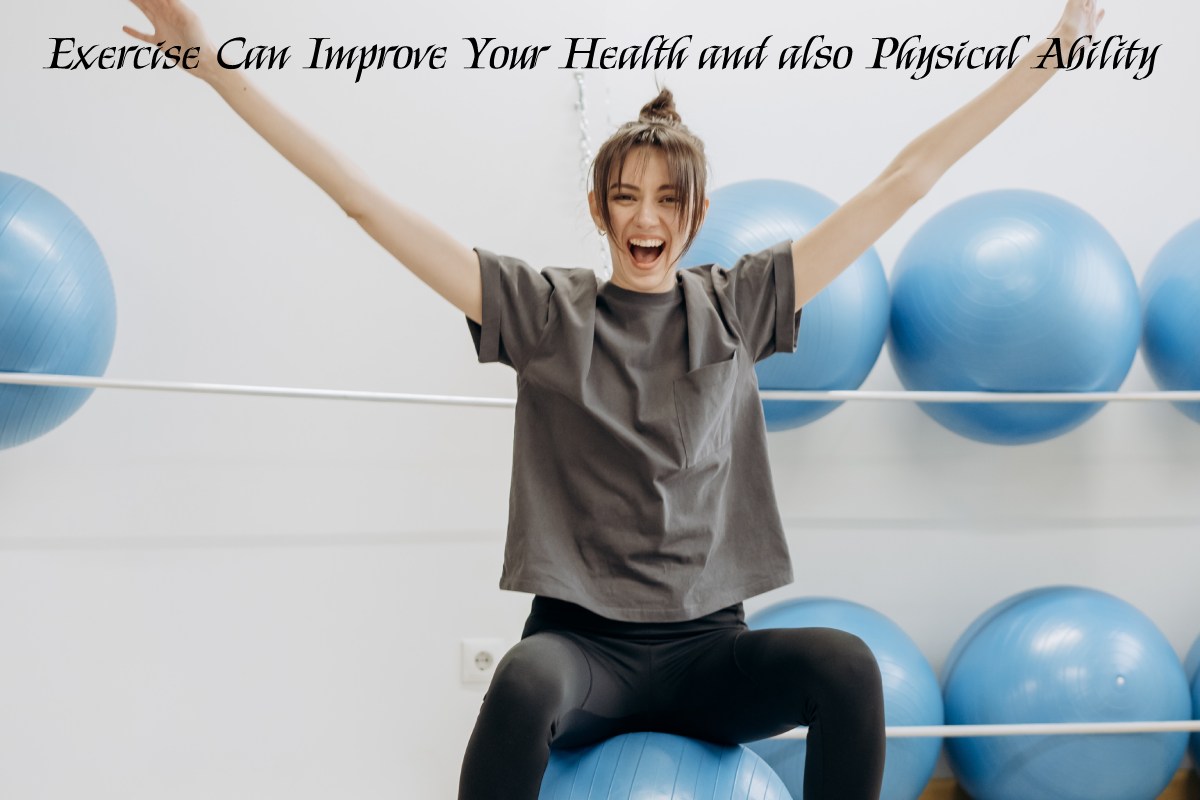Exercise Can Improve Your Health: Most people focus on one type of exercise or activity and think they are doing enough. No matter your age, you can find events that meet your capability level and needs! Research has shown that it is essential to perform all four types of training: endurance, strength, balance, and flexibility. Each one has different benefits. Doing one type can also improve your ability to do the others; the variety helps reduce boredom and the risk of injury.
Table of Contents
Four Types of Exercise Can Improve Your Strength and Physical Ability
Resistance Exercises for Older Adults
Endurance activities, often called aerobics, increase your breathing and heart rate. These activities help you stay healthy, improve your fitness, and help you do the tasks you need to do every day. Resistance exercises improve l. A. The health of your heart, lungs, and cardiac system. They can also delay or prevent many common diseases in older adults, such as diabetes, colon and breast cancer, and heart disease. Physical activities that increase l. A. Resistance include:
- Walking or jogging at a brisk pace
- Yard work (mowing grass, raking)
- Dancing
- Swimming
- Cycling
- Climb stairs or hills
- Play tennis or basketball
Increase your stamina or “staying power” to help keep up with your grandchildren during a trip to the park, dance to your favorite songs at a family wedding, rake the garden, and bag the leaves. Accumulate at least 150 minutes of activity a week that make you breathe hard. Try to be active throughout the day to achieve this goal and avoid sitting for long periods.
Security Advice
- Do a percentage of light activity, such as brisk walking, before and after your resolution activities to warm up and cool down.
- Listen to your physique: Endurance activities should not reason dizziness, chest pain, pressure, or heartburn.
- Be sure to drink fluids when doing any activity that makes you moisturize. If your surgeon has told you to limit your solutions, check before increasing the amount of liquid you drink while exercising.
- If you are going to exercise outside, be alert to your surroundings.
- Dress in layers so you can enhance or remove clothing as needed for hot or cold weather.
- To avoid injury, wear safety gear such as a helmet when riding a bike.
Strength Exercises for Older Adults
Your muscular asset can make a big difference. Strong muscles support you to stay independent and make everyday actions more nearby, like getting out of a chair, climbing stairs, and carrying groceries. Keeping your muscles strong can help balance and avert falls and fall-related injuries. You are less likely to decrease when your leg muscles and hip joints are strong. Some people call the use of weights to improve muscle assets “strength training” or “fight training.”
Some persons choose to use weights to help expand their forte. If you do, start using light weights first, then gradually add more. Other people use resistance bands and stretchy elastic bands with different strengths. If you are a trainee, try exercising without or using a light bar until you feel comfortable. Add a crew or move on to a more substantial round (or heavier weight) when you can easily do two sets of 10 to fifteen reps. Try to do strength movements for all your chief muscle sets at least two days an l. A. Week, but don’t exercise the same muscle group 2 days a row. Here are some examples of strength exercises:

- Lifting weights
- Bring groceries
- Catch a tennis ball
- The curl of arms above the angel’s head
- Arm curls
- Wall push-ups
- Lift your body weight
- Use a resistance band
Security Advice
- Do not hold your breath through strength exercises, and breathe regularly.
- Exhale as you lift or push, and inhale as you relax.
- Talk to your doctor if you’re insecure about doing a particular exercise.
Balance Exercises for Older Adults
Balance exercises help stop falls, a common problem in older adults that can have serious consequences. Many lower body strengthening exercises will also improve your balance. Balance exercises include:
- Tai Chi is a “moving meditation” that involves moving the body slowly, smoothly, and precisely while breathing deeply.
- Stand on one foot.
- The walk from end to end.
- The walk of balance.
- Stand up from a sitting position.
Security Advice
- Have a sturdy chair or character nearby to hold on to if you feel unsteady.
- Talk to your specialist if you’re not definite about a specific exercise.
Flexibility Exercises for Older Adults
Stretching can improve your flexibility. Moving more freely will make it easier to bend down to tie your shoes or look over your shoulder when backing your car out of the driveway. Flexibility exercises include:
- The back stretching exercise
- The Los Angeles Inner Thigh Stretch
- The ankle stretch
- Stretching of the back of l. A. Leg
Security Advice
- Stretch when your muscles are warm.
- Stretch after resistance or vigorous point aerobics.
- Don’t stretch so far that it hurts.
- Always recall generally breathing while holding a spring.
- Talk to your doctor if you’re not sure about a specific exercise.

